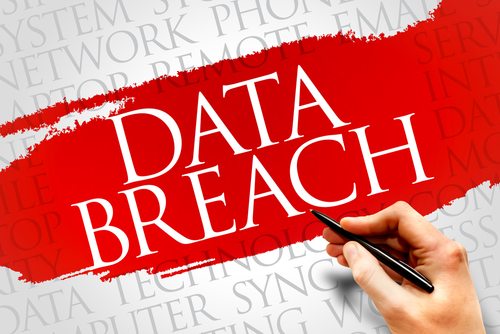Blackbaud recently confirmed that bank details and passwords may have been stolen in a charity hack. Blackbaud suffered a data breach back in May, but the attack has resurfaced with new information coming out. The software developer originally paid the ransomware and confirmed bank details were not leaked. While the question around whether to pay for a ransomware attack or not divides opinion, this reinforces the need for transparency.
The opinions expressed in this post belongs to the individual contributors and do not necessarily reflect the views of Information Security Buzz.



